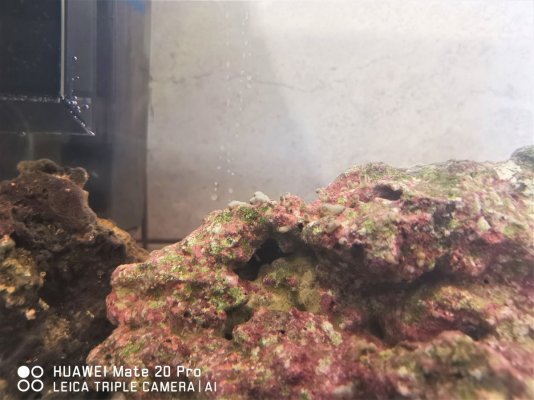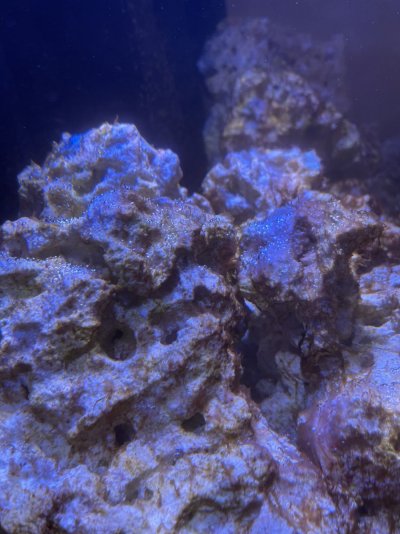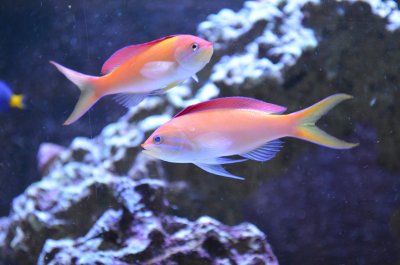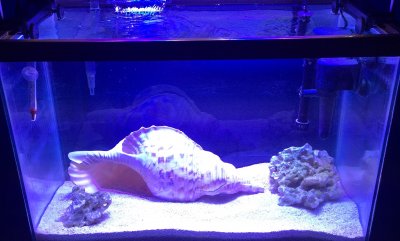Peter you can stop testing now it’s going to read as you interpret it like this for the life of the tank, you are done cycling, time to choose a fish disease protocol
no more api testing is needed for the life of this tank. Not even the nitrate, it’s not accurate enough to base decisions on.
next report: let us know how you’re prepping for fallow and quarantine
Imagine someone taking a fully ready running reef and posting cycle data every day it runs, we will be out to page 180 on its 180th day of life, all set here.
no more api testing is needed for the life of this tank. Not even the nitrate, it’s not accurate enough to base decisions on.
next report: let us know how you’re prepping for fallow and quarantine
Imagine someone taking a fully ready running reef and posting cycle data every day it runs, we will be out to page 180 on its 180th day of life, all set here.





















